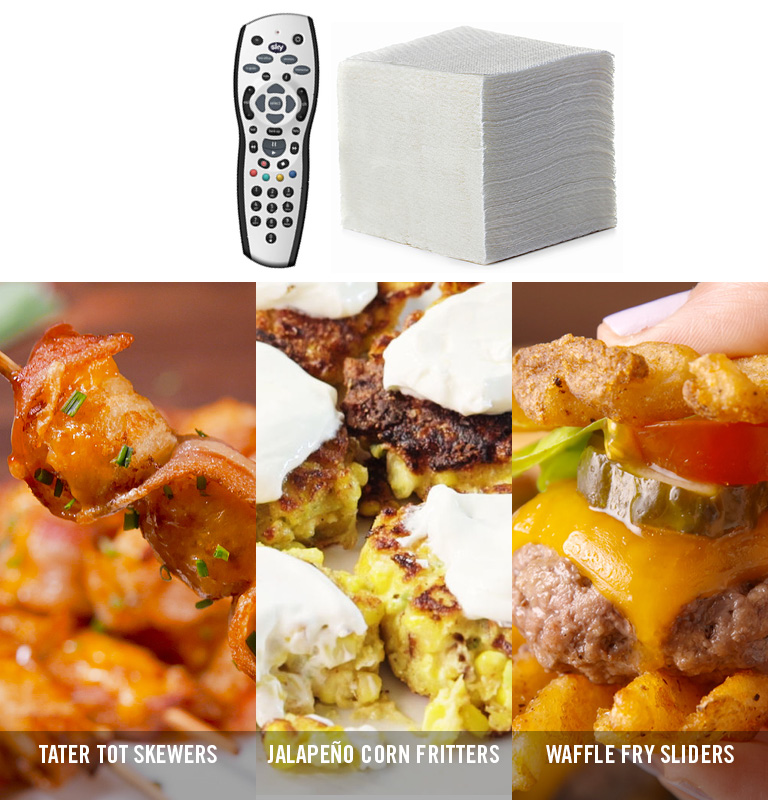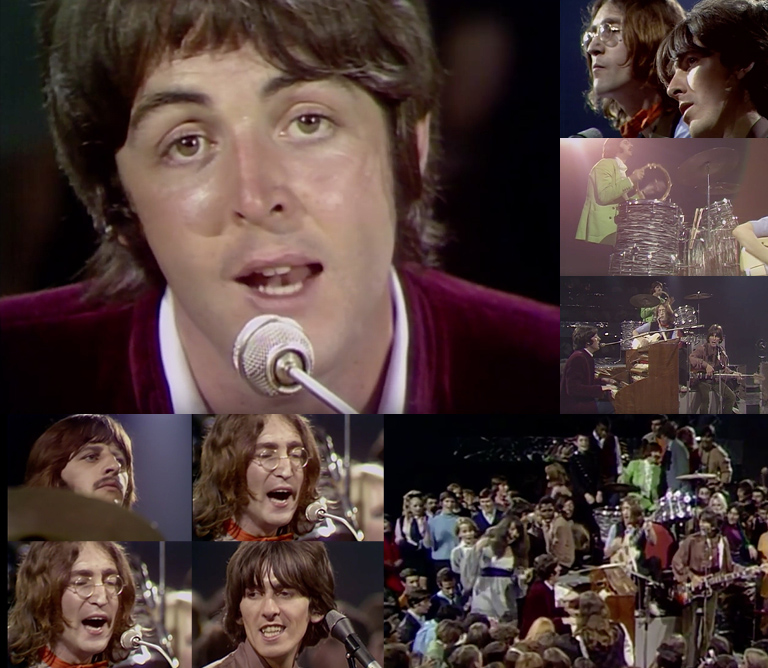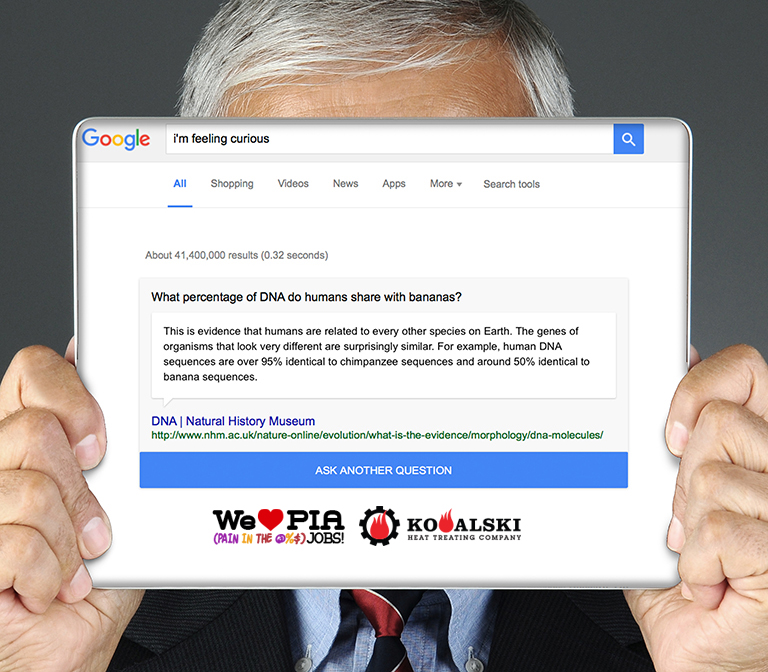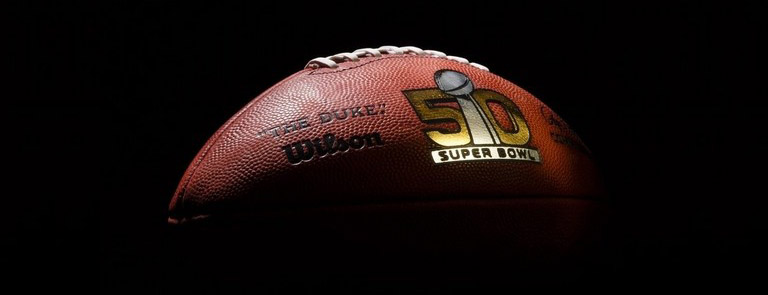Let’s Keep Trying

(left column top to bottom) Remember hay fever season? If you can’t get relief from a box of Zyrtec you could at least have a lot of tissue on hand … or on head; Do you live alone? This pillow buddy is for you; New shoes? This cool device will save them; This is how to clean small messes without bending over; The eco minded can collect rain water on the way to work; Eye drop glasses. Brilliant!; An extender for your umbrella will keep your nice clothes nice and dry; Solve this Rubics cube in one turn; Never be late for work with this anti-snooze feature for your alarm; (right column top to bottom) Now be stylish and prepared for rain; Ahh, the solar flashlight; Hey, kids are cute and now they can help keep the floors dusted; Pets can help with the dusting, too; This device will keep your lipstick off your face; This device will keep your hair out of your noodles; And this device will cool your noodles; The shoe brush; The commuter’s nap hat; And the head prop for office naps. All wonderfully stupid devices.
Running a 24-7 business, focused on solving our client’s PIA (pain in the @%$) Jobs!™ is a blast. All of my teams understand the importance of thinking, problem solving, testing and retesting, and just trying different approaches until we get it just right. I encourage everyone to “free their mind” and challenge the status quo. Although, Jackie often tells me that I should focus more! Sometimes we “nail it” early on, or end up with extra solutions that don’t quite have an application. Sometimes, the solutions are so close we think we’re there, only to get a curve ball when not expected. I was wondering what we could do with those “extras” and found a group out of Japan, that not only encourages inventive thinking, but actually developed a whole movement for those inventions that make sense on paper, but most likely will never see the light of day. It’s called Chindōgu (www.chindogu.com) – (translated means “unusual tool”) and the definition fits it perfectly … ideas that lie in that gray area – “not exactly useful, but somehow not altogether useless”. So remember for that someone who has everything! Just some of my favorites…
- A combined household duster and cocktail-shaker, for the housewife who wants to reward herself as she is working along.
- The all-day tissue dispenser (basically a toilet roll fixed on top of a hat) for hay fever sufferers.
- Duster slippers for dogs and cats, so they can help out with the housework too.
- The all-over plastic bathing costume, to enable people who suffer from aquaphobia to swim without coming into contact with water.
- The baby mop outfit worn by babies, so that as they crawl around, the floor is cleaned.
- And my “laugh out loud favorite” – a solar powered flashlight (stop and think about this for a second).
Chindōgu it turns out, is a prank originating from Japan, which is done by a person seemingly inventing ingenious everyday gadgets that seem like an ideal solution to a particular problem but are in fact nothing more than a useless gag. And there are thousands of them. So, for this week, I pulled together a little history, and some meaningless examples – ENJOY, and thank chindogu.com and Wikipedia for the info.
- The movement was started by Kenji Kawakami, Japanese gadget guru extraordinaire and anarchic progenitor of chindogu, inventions that are almost completely useless, or to borrow Kawakami’s word, “unuseless.”
- He has created more than 600 examples of chindogu — a made-up word literally meaning strange tools’ in Japanese — and has built an international cult following of thousands through his books about them and appearances on TV, the Internet, in magazine columns and museum exhibits.
- But what exactly is a chindogu? They’re more easily defined by what they’re not: neither useful, political, patented, or for sale. But they are seemingly serviceable, certainly silly and always analog. Like Zen koans of invention, chindogu are designed to be both profound contradictions and simple tools to awaken the heart and mind.
- Kawakami began dreaming up doodads in the 1980s while editing popular home shopping magazine Tsuhan Seikatsu and has since produced such unuseless wonders as the Solar-Powered Flashlight, the Rotating Spaghetti Fork and the Velcro Jogger. Yet he doesn’t own any patents and has never made a single yen by selling his creations.
- Said Kawakami, “In the modern, digital world, everything is so quick,” he says, picking up paper and electronic dictionaries to illustrate. “With the electronic one, it only takes two seconds to find a word, but it gives us no mental or spiritual satisfaction. Yet if you use your own hands to find it, you can enjoy the process. It’s a spiritual act.”
- There are roughly 8,000 chindogu practitioners in Japan and 1,000 overseas, their ages ranging from 10 to 70, according to Kawakami.
- Good chindogu happens when – You don’t need to have it explained to you. It’s just in you. It shakes you in a funny way that you can’t help but get in touch with the basic human quality of being alive. “Cause when you’re laughing and smiling, you’re alive,” he says.
- People outside Japan have had mixed reactions to chindogu. In North America, they’re viewed as amusing Japanese party gags, in Europe as a new art form, and in Hong Kong and Taiwan as potential moneymakers. But because of their universal appeal, Kawakami doesn’t see chindogu as ‘Japanese’ at all. “Being free is the most important thing in life. Chindogu is the symbol of freedom, a free soul is needed to think of chindogu, to think of stupid, crazy things. You can never do it with common sense alone.”












